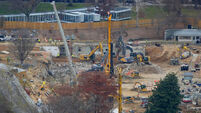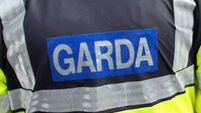NZ geologists fear severe South Island earthquake
Geologists studying a fault line off New Zealand’s South Island said today it could cause more severe earthquakes than previously thought – in an area that draws hundreds of thousands of tourists each year.
Fresh estimates show quakes as big as magnitude 8 could occur on the South Island, compared to previous estimates of maximum magnitude 7.5, said National Institute of Water and Atmosphere geologist Philip Barnes.














